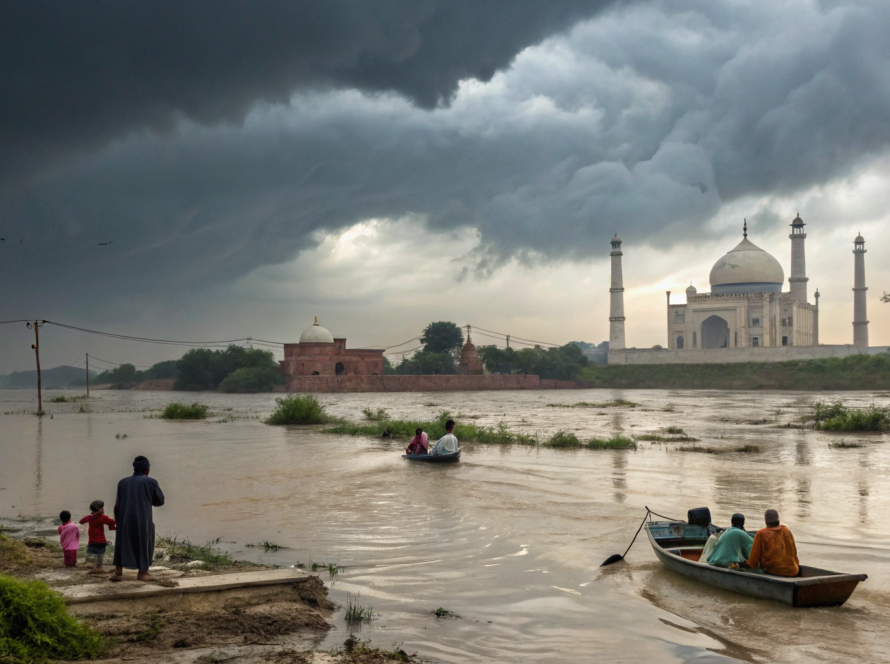Climate change is reshaping global weather patterns, with rainfall becoming increasingly erratic. This shift poses significant challenges to agriculture, a sector heavily reliant on predictable weather. Farmers worldwide are grappling with the consequences of altered precipitation, affecting crop yields, soil health, and food security.
The New Rainfall Reality
Recent studies indicate that while total annual rainfall may remain consistent, its distribution is changing. Rain is now falling in fewer, more intense events, interspersed with prolonged dry spells. This pattern leads to waterlogging during heavy rains and drought stress during dry periods, both detrimental to crops.
Agricultural Impacts
- Crop Yields Decline: Irregular rainfall disrupts planting and harvesting schedules. Crops like maize, wheat, and rice are particularly sensitive to water stress during critical growth stages, leading to reduced yields.
- Soil Degradation: Heavy downpours cause soil erosion, washing away nutrients essential for plant growth. Conversely, extended dry periods reduce soil moisture, making it harder for crops to absorb nutrients.
- Increased Pest and Disease Pressure: Fluctuating moisture levels create favorable conditions for pests and diseases, further threatening crop health. Heifer International
Global Examples
- Zambia: In 2024, Zambia experienced its worst drought in decades, leading to severe food shortages and a national emergency declaration. The drought, exacerbated by El Niño, highlighted the vulnerability of rain-fed agriculture.
- India: Farmers are adopting climate-resilient seed varieties that require less water and are more disease-resistant. The Indian government has released over 100 such varieties to help mitigate the impacts of erratic rainfall.
- France: Unprecedented rainfall in 2024 led to a 30-40% reduction in winter crop production, affecting wheat, vineyards, and apricots. This underscores the broader European struggle with changing precipitation patterns.
Adaptation Strategies
- Improved Irrigation: Investing in efficient irrigation systems can help manage water supply during dry spells and reduce dependence on unpredictable rainfall.
- Soil Conservation: Practices like cover cropping and reduced tillage can enhance soil structure, reduce erosion, and improve water retention.
- Diversified Cropping: Growing a variety of crops can spread risk and improve resilience against weather extremes.
Conclusion
Changing rainfall patterns are a clear manifestation of climate change’s impact on agriculture. Addressing these challenges requires a combination of innovative farming practices, supportive policies, and global cooperation to ensure food security in an increasingly unpredictable climate.



